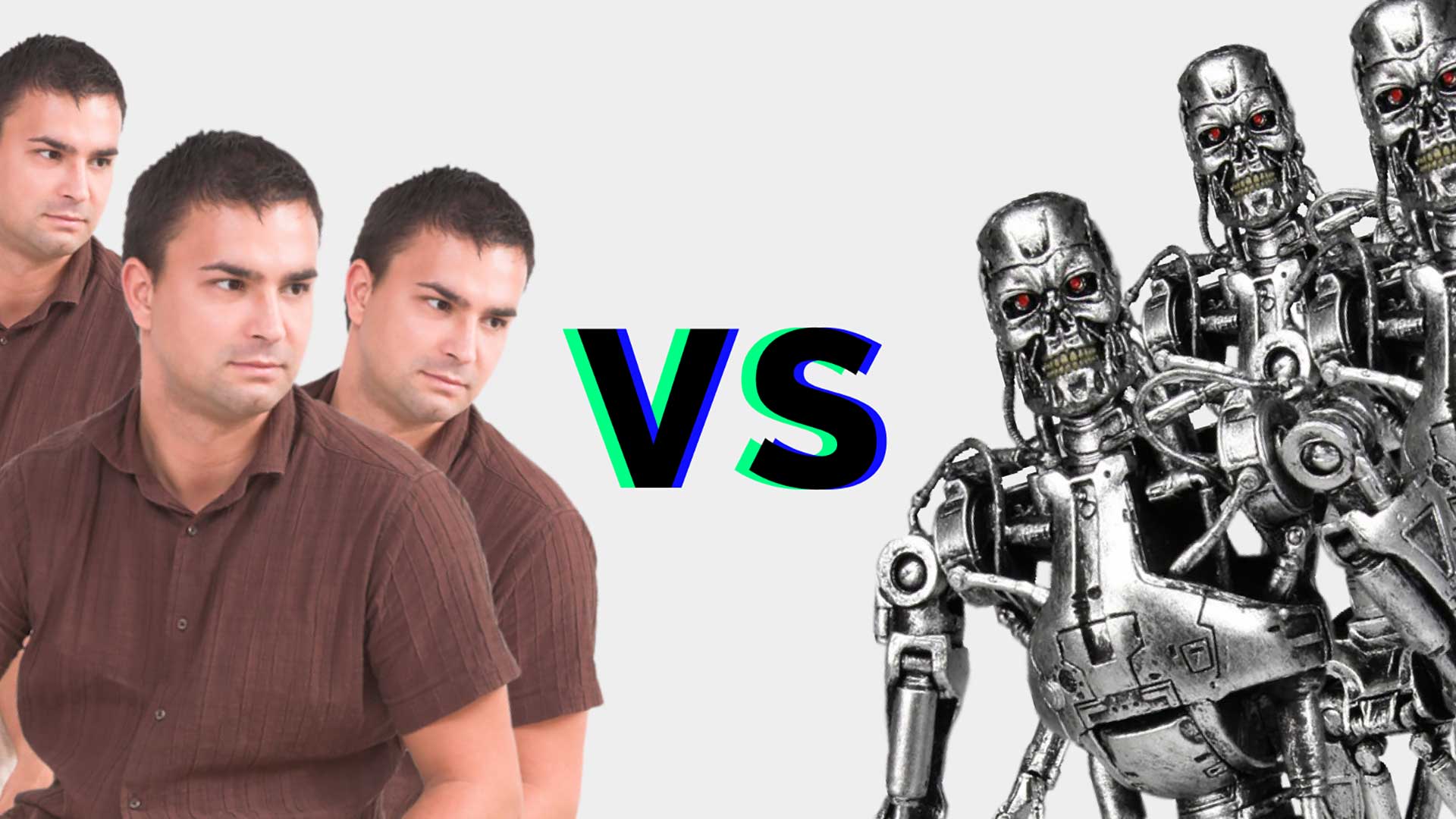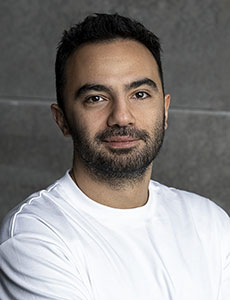Neural networks vs humans: who will win

 On the threshold of a new technological revolution we are witnessing the rapid growth and development of neural networks. More and more companies and specialists are integrating AI into their operations, and this is already having a significant impact on different areas of human life. Every day neural networks are becoming more and more complex and advanced, so much so that they can compete with humans in different spheres.
On the threshold of a new technological revolution we are witnessing the rapid growth and development of neural networks. More and more companies and specialists are integrating AI into their operations, and this is already having a significant impact on different areas of human life. Every day neural networks are becoming more and more complex and advanced, so much so that they can compete with humans in different spheres.
Felix Khachatryan, the founder and owner of Neotech, a company that develops large IT solutions, shares his opinion on whether it is possible to completely replace humans with neural networks in the future.
What is a neural network and where it is applied
A neural network is an artificial intelligence (AI) model that imitates the structure and functioning of the human brain. It consists of many interconnected nodes that process information and learn from the data. This allows neural networks to adapt and integrate into the following areas of human life:
- Business
In business, neural networks help entrepreneurs around the world to optimize their company's processes: they identify patterns, trends and market prospects, automate routine tasks and offer personalized recommendations for users and clients.
For example, a Russian company has announced the launch of an analog of the globally acclaimed ChatGPT neural network - SistemmaGPT. The main task of the model is to integrate artificial intelligence into business processes. The neural network can analyze large amounts of data and find insights, communicate with customers as a virtual assistant, create a personalized system of recommendations, automatically handle orders and incoming calls, manage the warehouse and much more.
But despite all the possibilities of neural networks, executives and managers still play a crucial role in making strategic decisions in the company. Again due to their experience and keen understanding of what a client needs, after all only a human being can fully understand a person.
Also neural networks and their applications can solve less strategic business problems, for example, generating simple ideas and writing texts of different formats, while maintaining consistency and logic. By learning from large data sets and identifying their patterns, technologies can simplify the process of developing original content for businesses. My colleagues and I use such opportunities — this year for March 8 we prepared an unusual greeting for female employees of Sovcombank: on the platform of our own product, we launched the Halva page, where each employee could generate a personal fairy tale with herself in the leading role.
- Medicine and Health Care
Neural networks are used in medicine worldwide, including in the CIS countries. Today AI is becoming a full-fledged assistant for doctors, helping to predict the development of diseases and anomalies, process and decipher X-ray scans, analyze genetic data to identify a patient's predisposition to diseases and determine the most effective treatment, dosages of drugs and possible side effects.
However, a neural network is only an assistant for medical specialists and cannot fully replace humans in the field of health care. Diagnosis and treatment often require flexible thinking, empathy and experience beyond artificial intelligence's reach. The final decision about treatment always rests with the physician.
- Science and research
In science and research, neural networks are already helping scientists analyze and interpret complex data sets, design and synthesize new materials and discover patterns that can be directly related to new discoveries. For example, scientists from Petrozavodsk State University with foreign colleagues have developed an algorithm based on artificial intelligence. The program makes it possible to quickly determine whether SARS-CoV-2 infection is present in the human body.
However, despite successes in this area, neural networks cannot fully replace scientists, as they are not capable of critical thinking, formulating hypotheses, and creating new ideas. Artificial intelligence can be a valuable tool in the hands of a scientist, but it is the human being who is behind scientific discoveries and theories.
- Education
Neural networks help create individualized learning plans for students and provide real-time feedback. For example, back in 2017, the Parla project was created, an app for learning English that involves artificial intelligence. The service adapts to the student and learns together with him. Already at the stage of registration in the application, the program can analyze data from social networks and offer an individual training program based on the interests of a particular person. Thus, the user receives information that best meets his needs and goals.
Despite successes in this field, neural networks cannot fully replace teachers, because human contact and live interaction are important aspects of the educational process. Nevertheless, they can become assistants for both teachers and students, freeing up time for classes on an individual basis.
- Industry and production
Since the Industrial Revolution, technology has been replacing human labor in manufacturing, and this process is only accelerating. Neural networks are able to find the best way to use materials, energy and labor, predict possible technical failures, assess risks and suggest measures to prevent them.
Today, the development of neural networks for use in production represents a huge potential for enterprises. Their application is not only connected with the detection of defects but also with the possibility to collect and analyze large amounts of data, which can significantly increase the efficiency of production. Despite this, control, regulation and management of resources is still only possible for humans, and it is primarily necessary to ensure the safety and sustainability of production.
According to a study by McKinsey Global Institute, by 2030 about 30% of all jobs in the global economy could be automated. At the same time, new industries and professions related to artificial intelligence could compensate for job losses in other areas.
In what a neural network is inferior to a human
Although neural networks show amazing results, they do have some limitations.
-
Firstly, neural networks have specialized skills and knowledge, while the human brain can process and analyze information from different areas.
-
Secondly, neural networks cannot have emotions and empathy, which are key human qualities. They lack emotional intelligence and empathy, which makes them less adaptable to the tasks associated with human interactions.
-
The third major difference between humans and neural networks is creativity. Although neural networks can generate certain types of content, their creativity is limited by the data on which they have been trained. On the other hand, humans have the unique ability to combine ideas from different fields, create something new and go beyond existing patterns.
What's the conclusion
Today, neural networks are a powerful tool that can significantly improve human life and help solve complex problems in business, science, manufacturing, medicine, and other fields. Neotech, along with other global and domestic companies, is trying to implement an innovative approach to solve a number of problems.
However, despite all their achievements, neural networks are unlikely to replace humans completely. Human qualities, such as emotions, feelings and creative abilities, make humans unique and irreplaceable in many spheres of activity. For example, designers are still irreplaceable in our team. Because the ability to find an individual approach to each customer and create quality design solutions is still only possible for a person with a flexible mind.
Instead of competition between a human and a neural network, we should focus on developing interaction and cooperation between them, complementing and improving each other in different areas. Together, a human and a neural network can create synergy and achieve overall progress and development — achieving results that are difficult to conquer individually.

